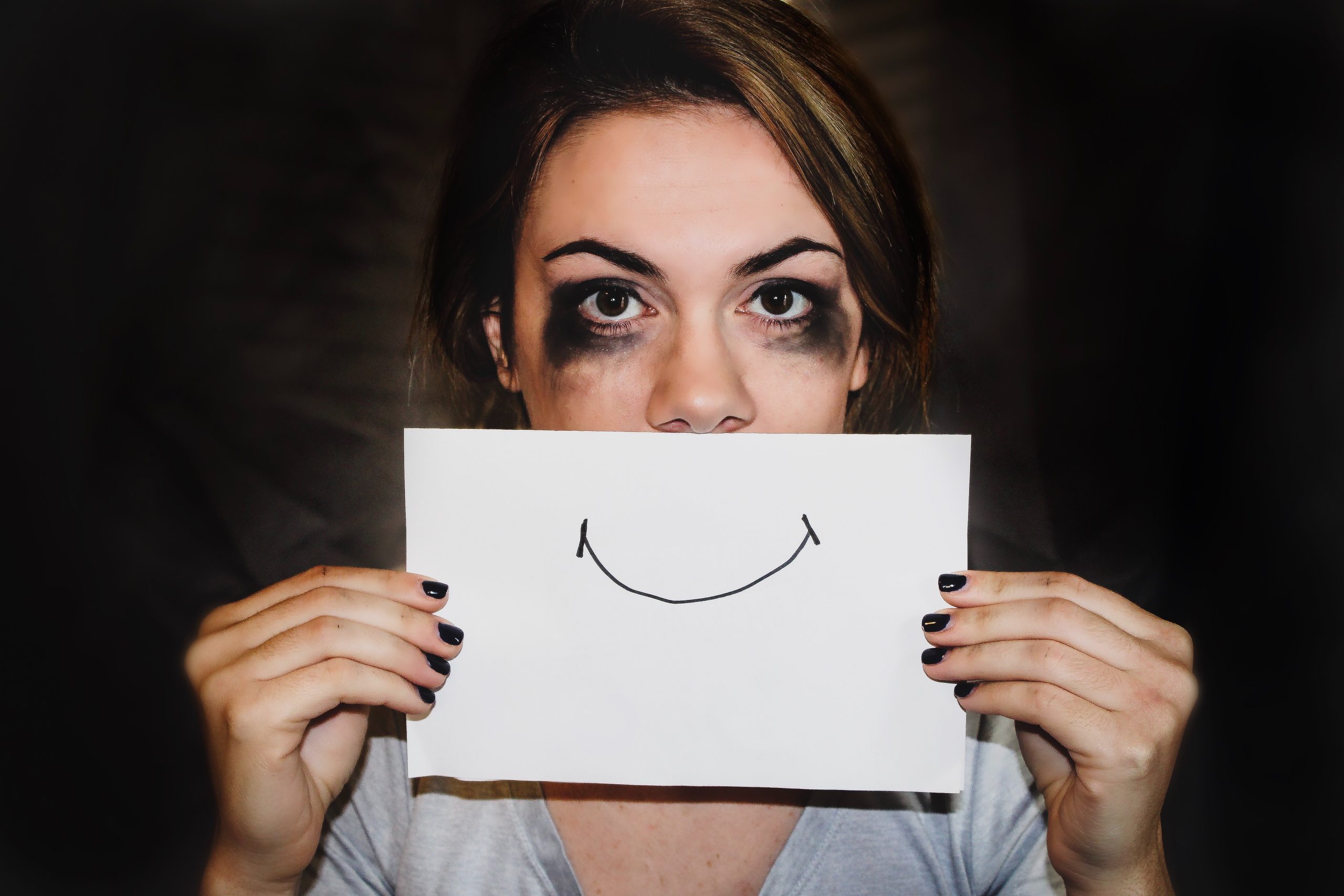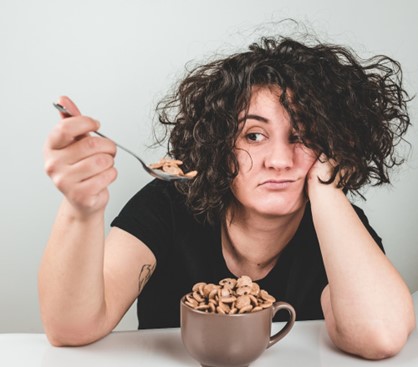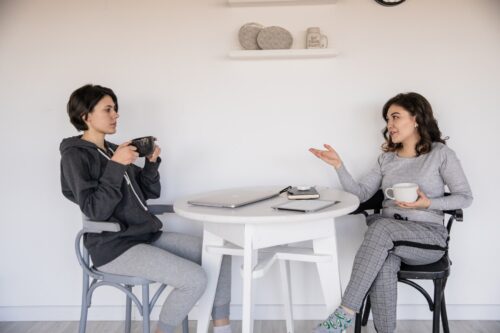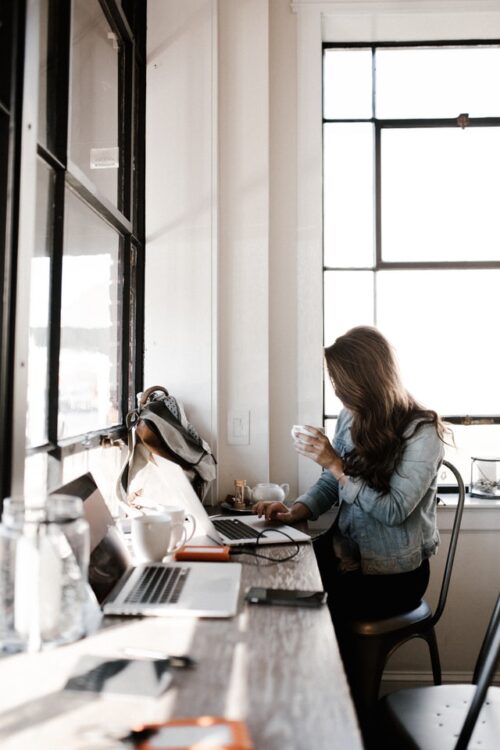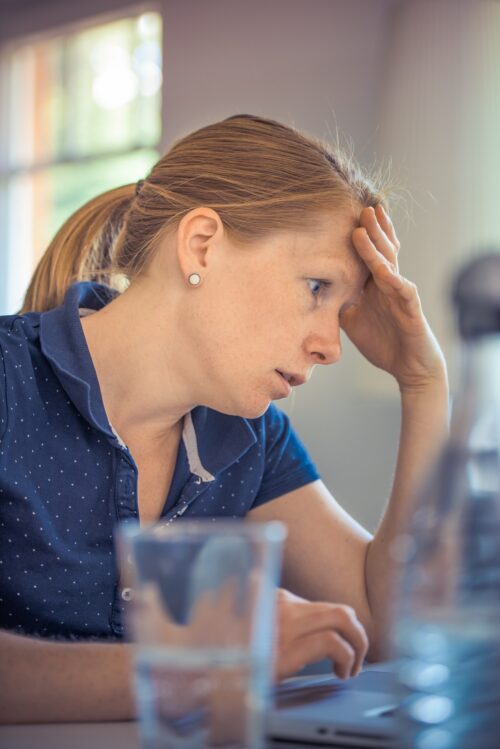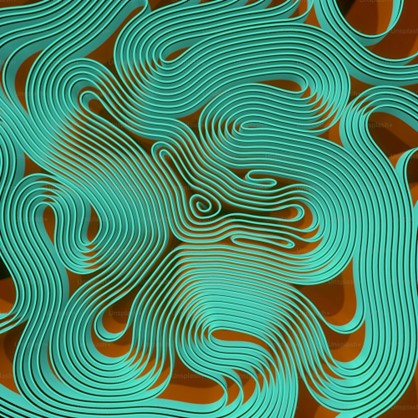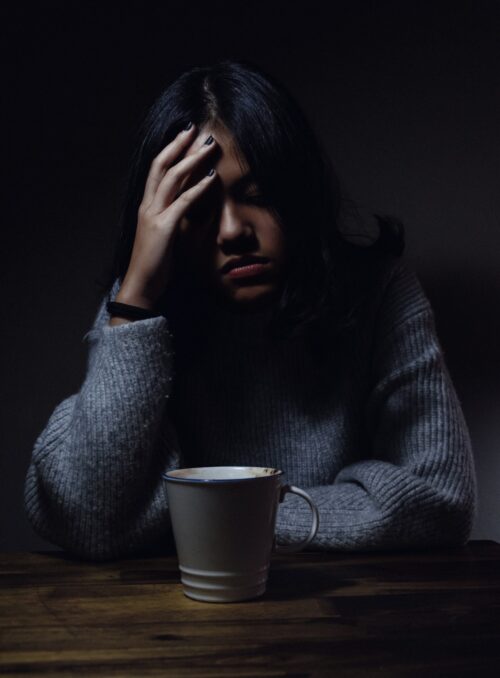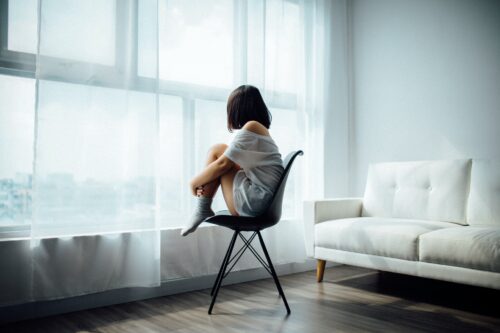The best way to define anxiety is to compare it to fear. While fear is your knee-jerk reaction to real danger or immediate stressors, anxiety is your feelings of apprehension towards an imagined threat and it’s often coupled with physiological responses like sweating, chest pains, and increased heart rate.
Anxiety is more pervasive than fear because it is irrational and imprecise. It can occur at any given time or place without a particular trigger. It also places an individual in a great deal of distress. In worse cases, it impairs social and occupational functioning, preventing people from carrying healthy and meaningful activities.
There are many types of anxiety disorders. Among those are social anxiety, agoraphobia, obsessive compulsive disorder, and panic disorder. However, some anxieties go unchecked or undiagnosed. These are probably the trickiest of them all as individuals may only suffer in silence and endure social stigma without any means of explaining their thoughts and feelings. They may still be able to function but may do so with extreme difficulty and fear. Otherwise, they may exhibit coping behaviour that for us, who don’t know what it’s like, may come off as annoying.
To give you a clearer picture, here are 2 common things people with anxiety do that you should be aware of.
Cancelling plans at the last minute. It’s not that they don’t want to hang out with you, it’s just that they can’t bring themselves to leave the house and withstand the pressure of feeling exposed, judged, and criticised. They may also have an irrational fear of open spaces where they feel like they’ll have difficulty getting help if something happens to them. If you find yourself in the receiving end of this awkward conversation, take the time to assure them that it’s fine. Better yet, offer to come over to them instead. This makes all the difference.
Avoiding social gatherings. No, it’s not introversion. Even introverts can manage a certain amount of interaction. Neither is it shyness because shy people open up after some warming up. Your friend might just be elusive to crowds due to their anxiety. Their anxiety may be feeding their minds with irrational thoughts like “you’re being judged” or “people hate you” or “if you stand in the crowd, you’ll suffocate”. Their reluctance is not an invitation for you to force them. When you do, you run the risk of making them feel extremely uncomfortable or worse, experience a panic attack, so just allow them to keep their distance until they’re ready.
It’s important to make ourselves aware of the silent battles other people fight. In doing so, we remove ourselves from the stigma that prevents them from openly talking about their mental health and consequently seeking help. We can also actively take part in helping them deal with their anxiety by providing immediate psychological care while expert help is not yet available. Through a Standard Mental Health First Aid Training, you can go beyond awareness and recognise mental health crises when they arise. You’ll also learn how to respond and extend the appropriate support to prevent any person from incurring physical damages.
Read more about MHFA here or give us a call at 07 5499 2406 get a quote.
Access Mental Health Awareness Books from Amazon: Mental Health Books
